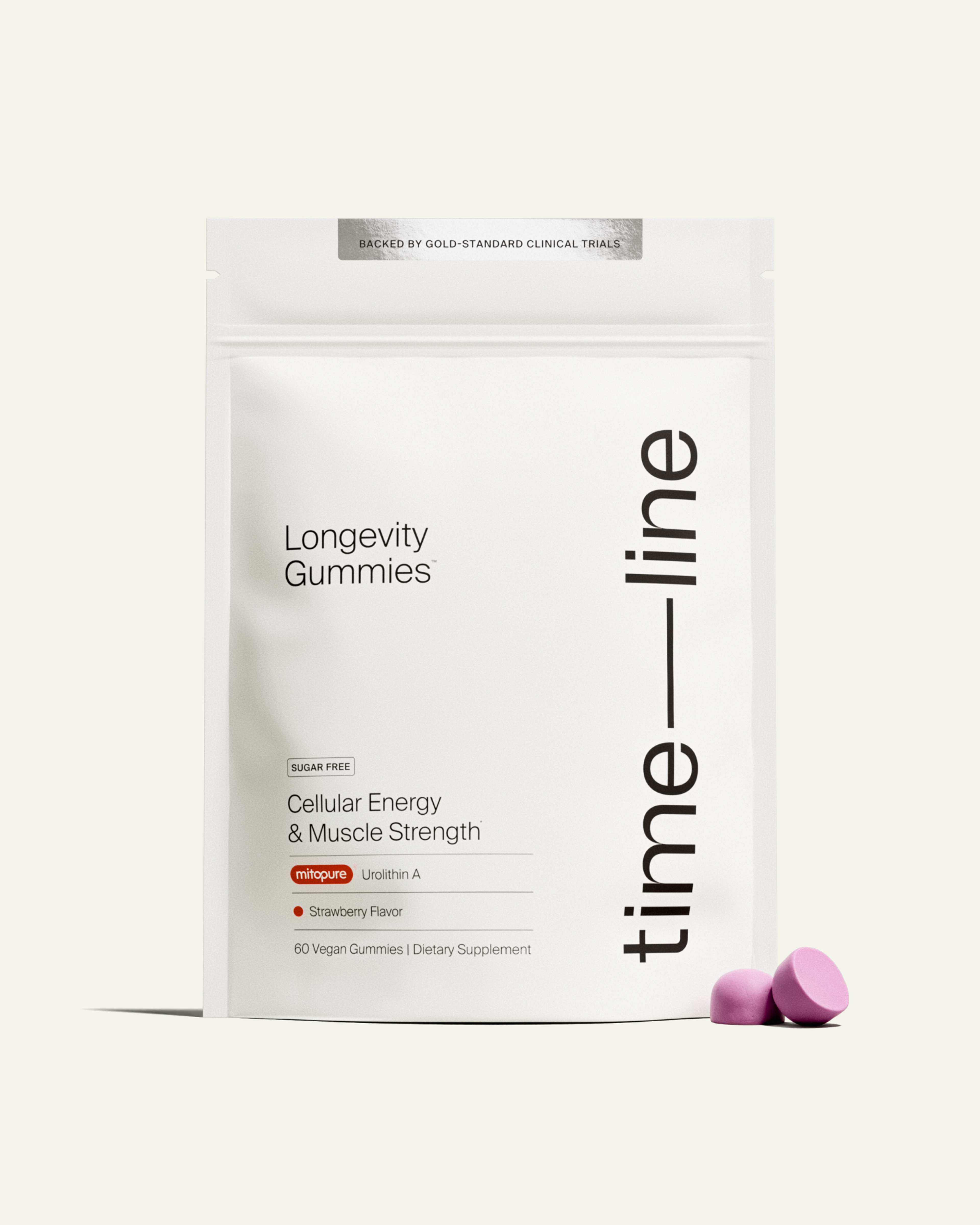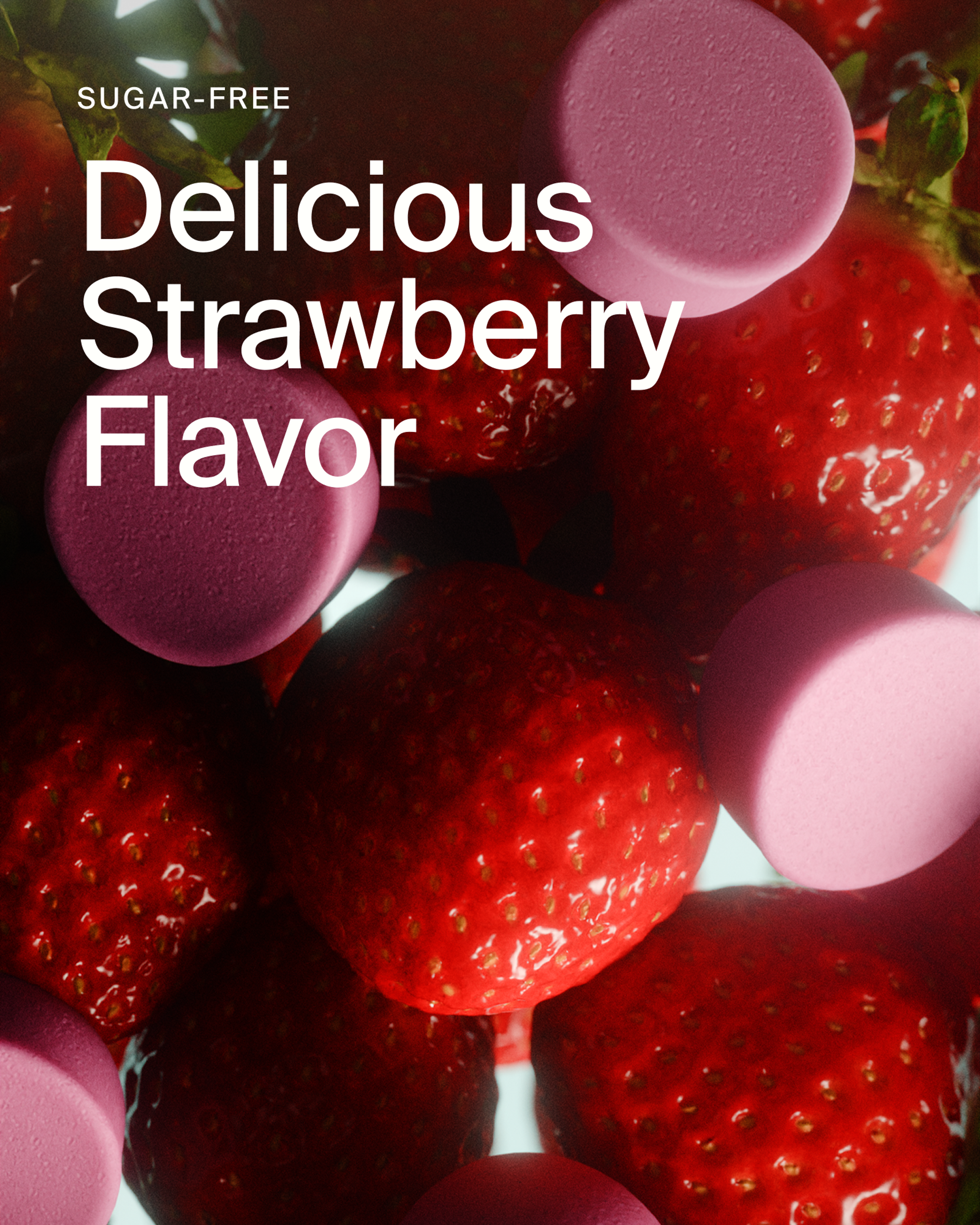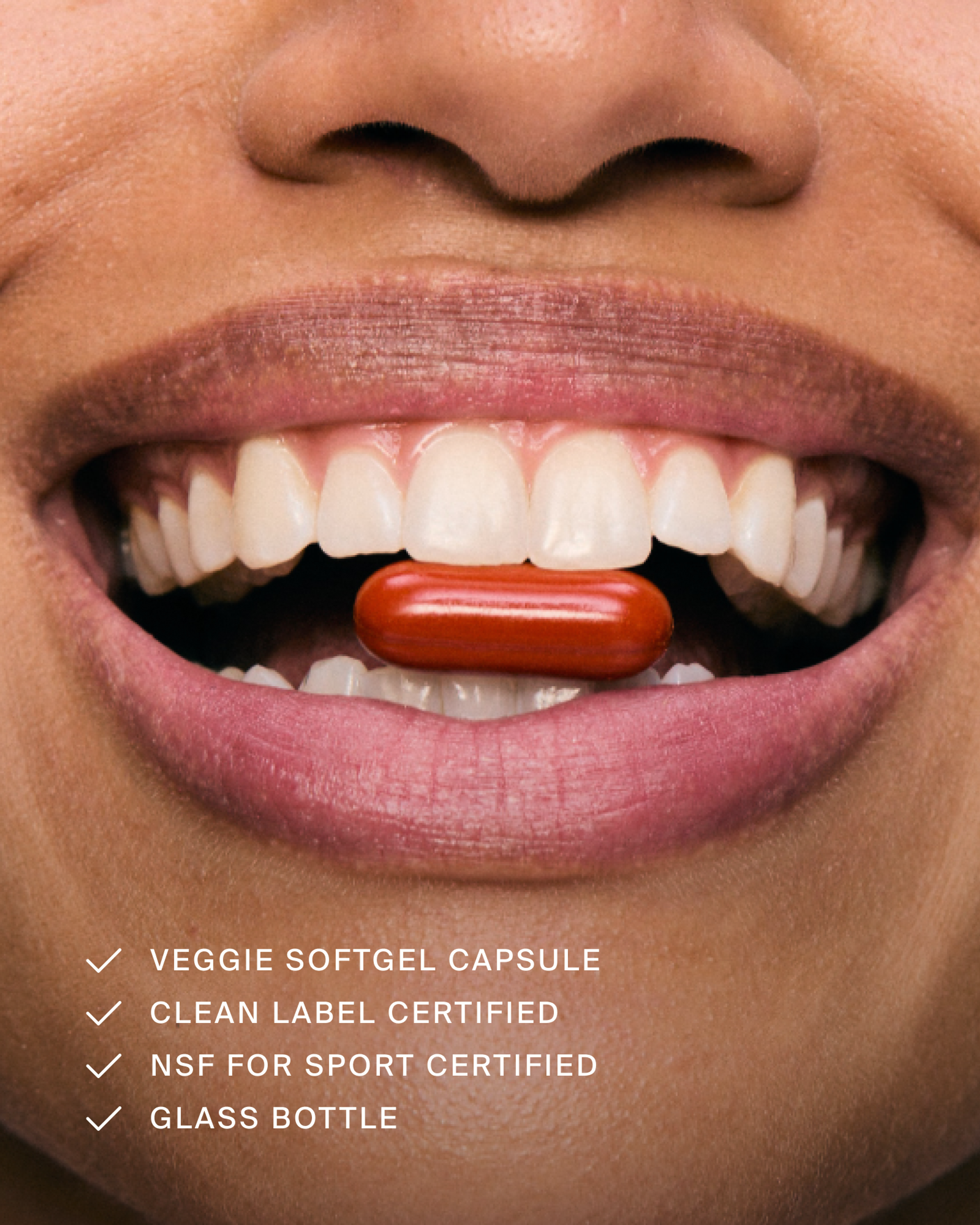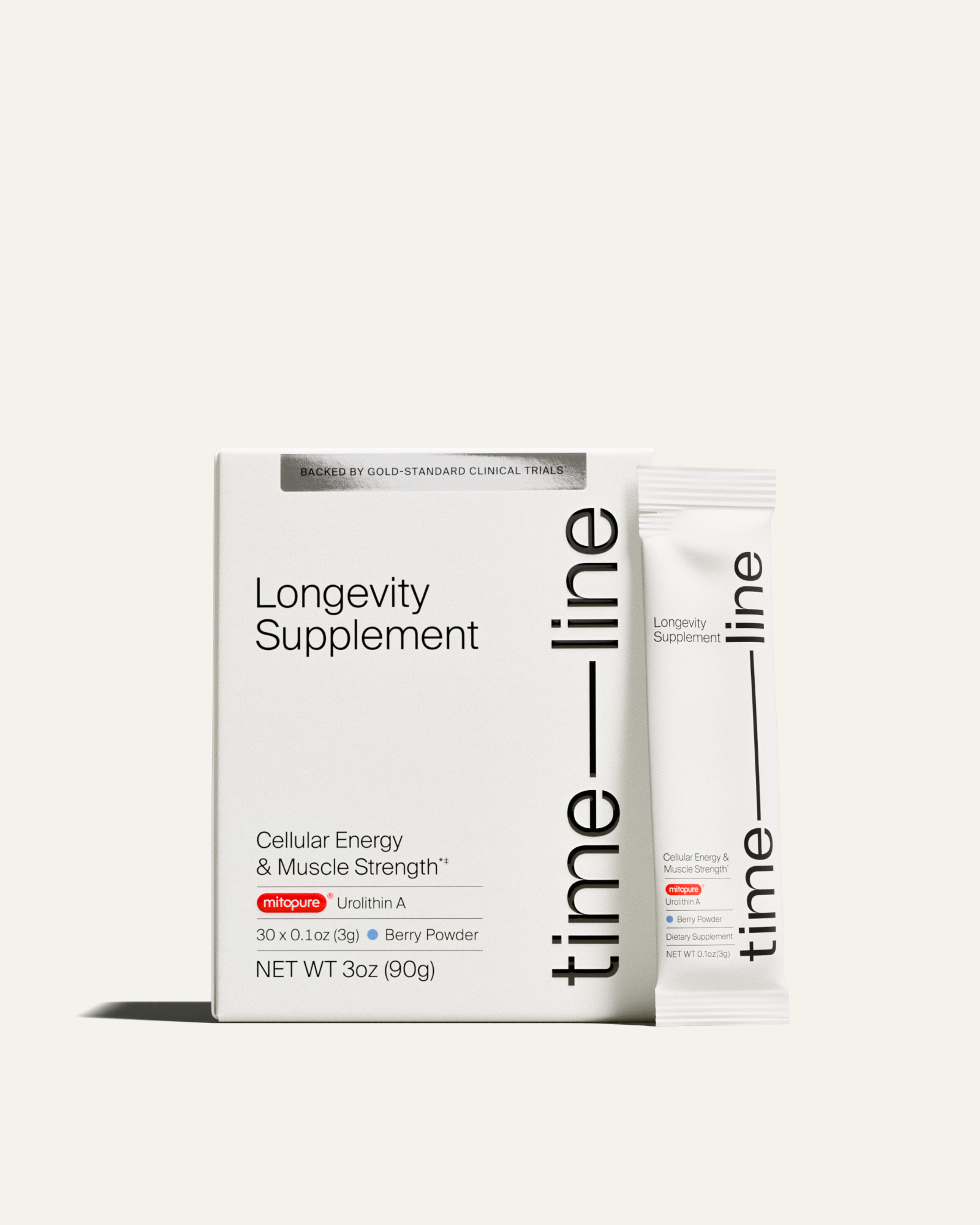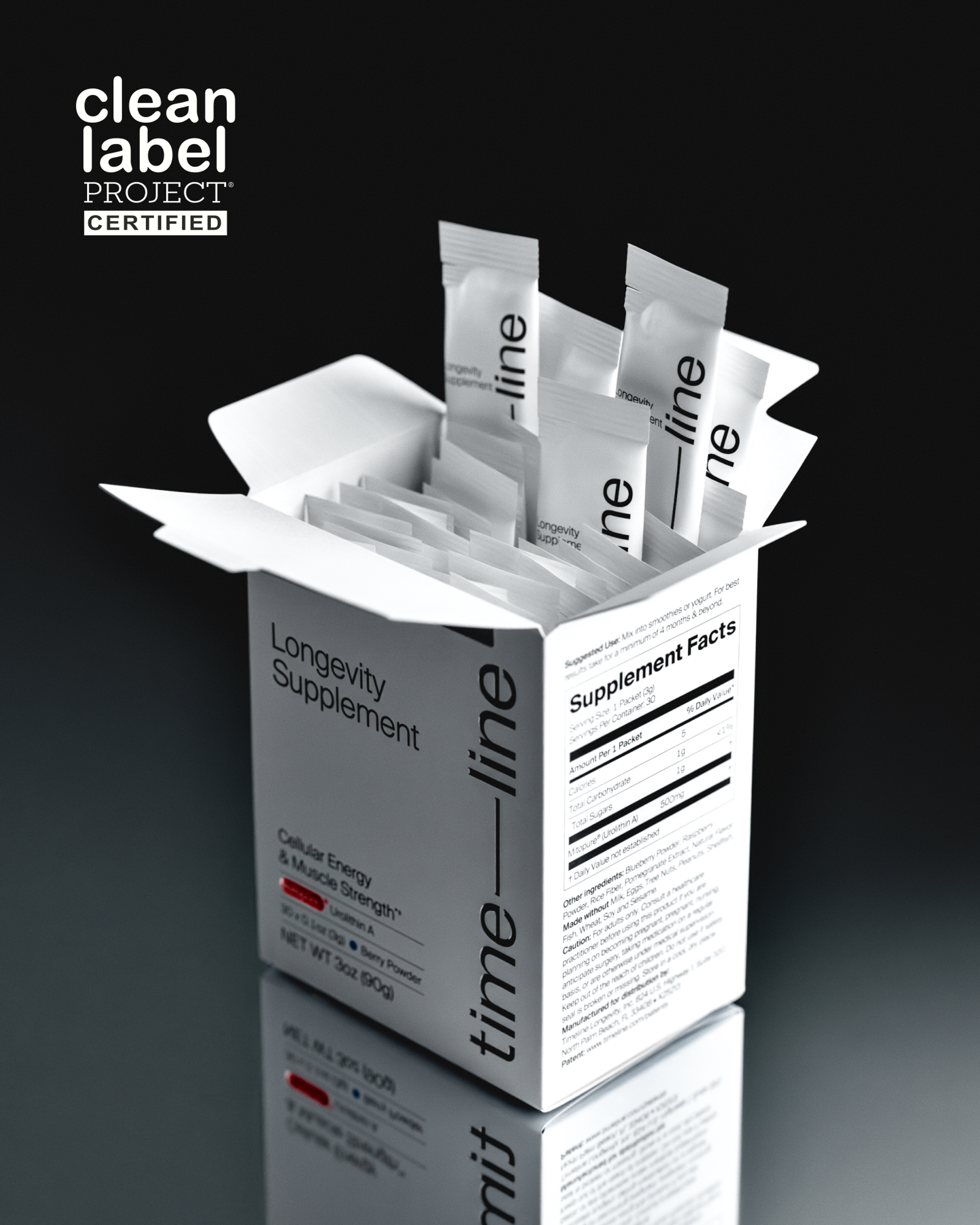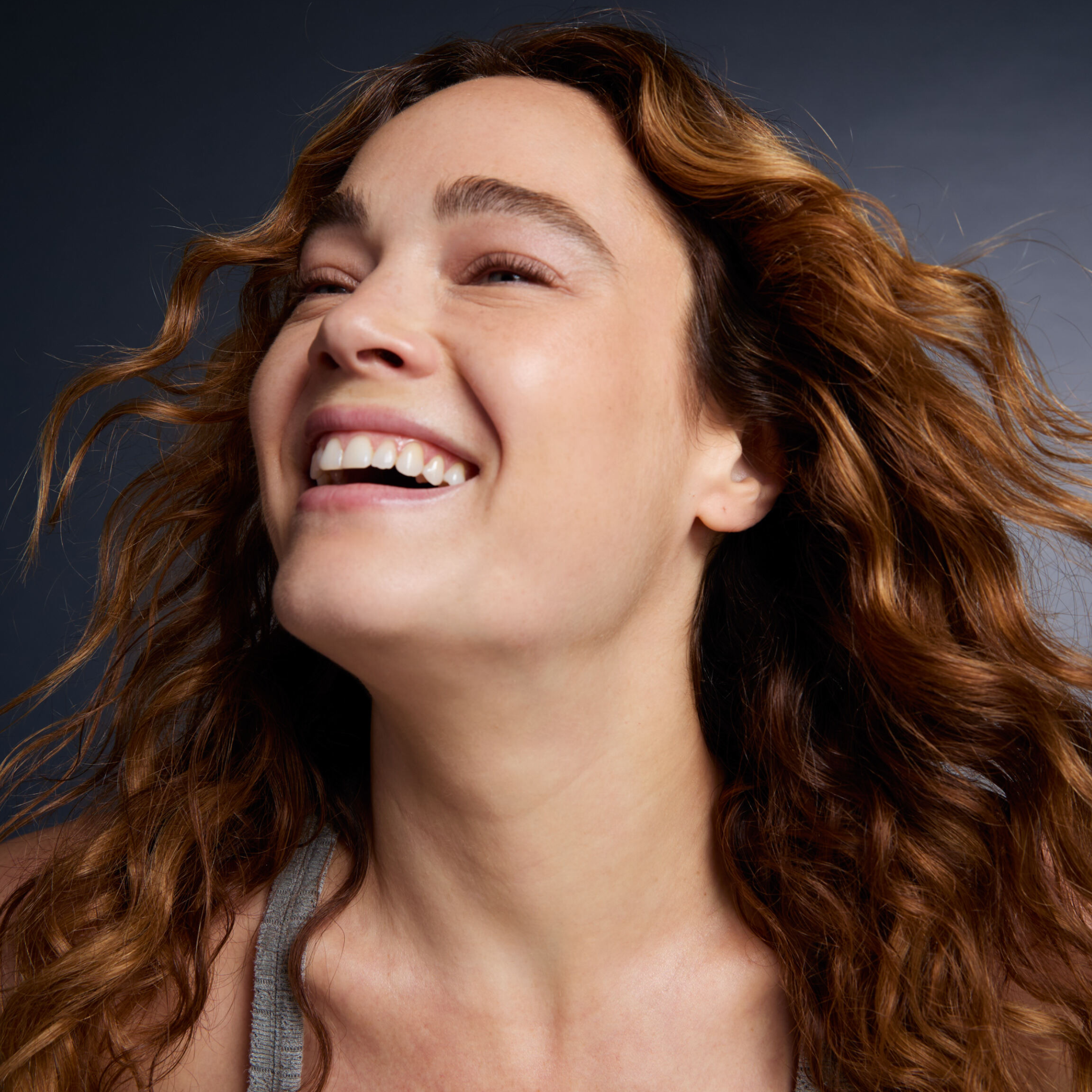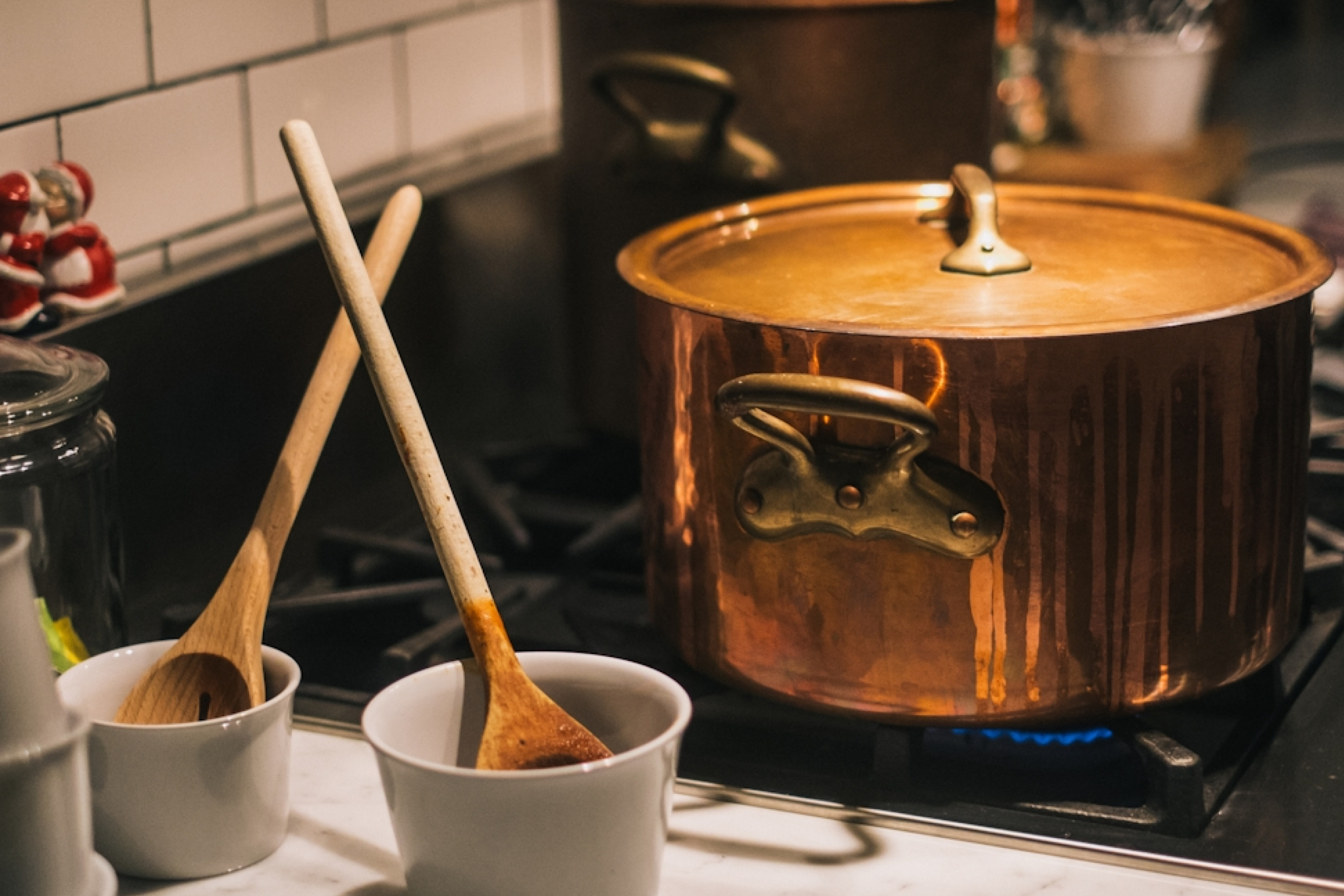Ice Baths After a Workout: Your Guide to Cold Plunging
An ice bath after working out is a long-debated recovery therapy. Learn the benefits of ice baths and separate fact from fiction about cold plunges.
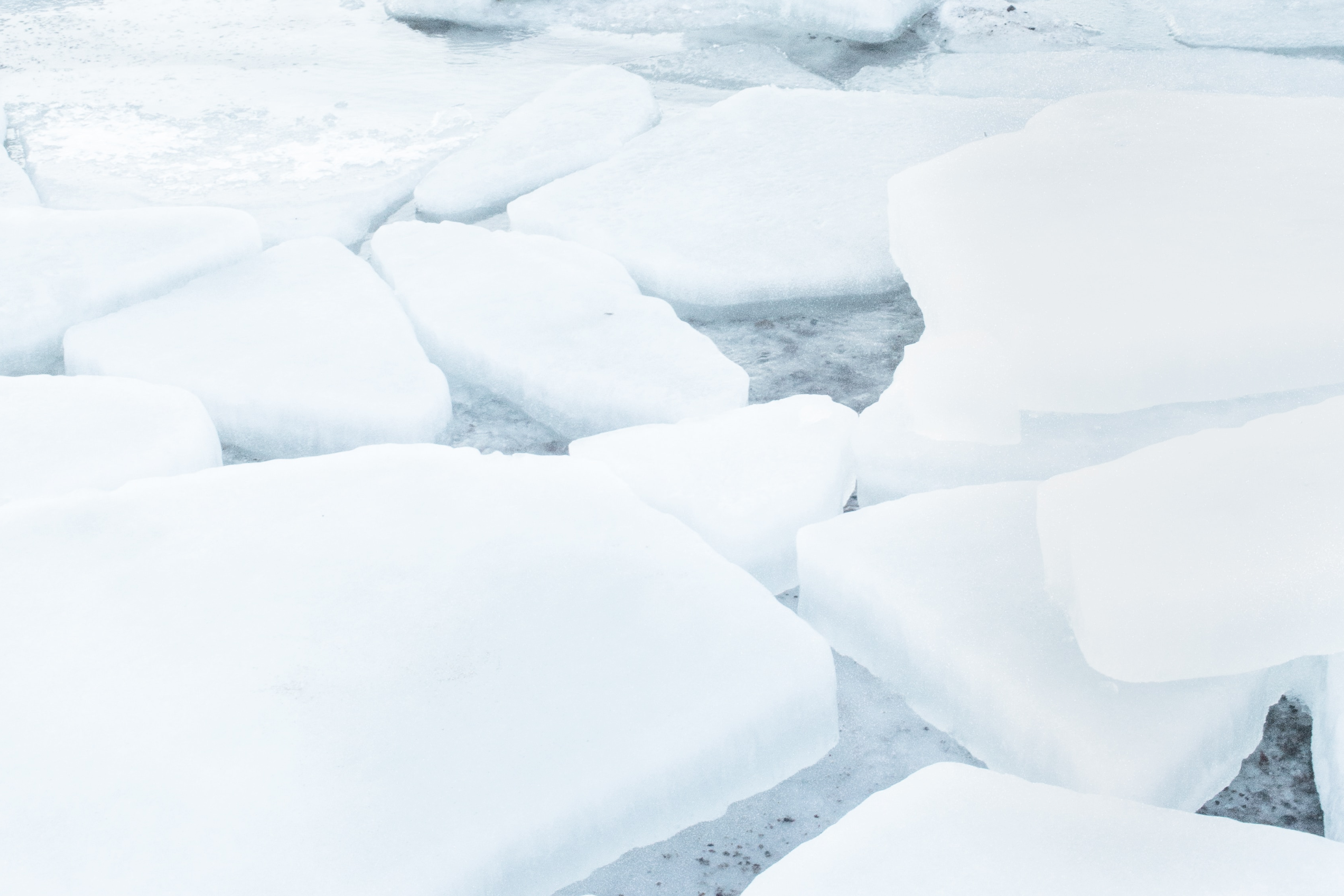
What to know
Cold plunging is a practice of immersing in cold water, usually after a workout
Ice baths can help recover from intense workouts, but aren’t significantly more effective than other types of recovery
Cold plunges can increase the conversion of white fat to brown adipose tissue, which is more metabolically active
Many benefits of ice baths are still being studied
For those who dislike cold immersion, other options can make many of the same improvements
Dipping into an ice bath after a workout has been a recovery tool for athletes for decades. But in recent years, cold plunging has been on the lips—and chilling the skin—of celebrities, health influencers, and biohacking enthusiasts. These acolytes of cold water immersion say that cold plunging doesn’t just help their muscles recover from hard workouts, but also improves their energy levels, mental health, and even fat burning.
Using a bathtub, dedicated cold plunge pool, or even a trough designed for feeding livestock, cold plungers immerse their bodies in water that’s 59 degrees or below, and start shivering. Ice baths like these are commonly performed for stretches of five to 15 minutes, but shorter exposures to colder water may also provide some benefits.
What are those cold plunge benefits? And which ones have been proven? Let’s dive deeper into the science of dipping into the cold.

6 benefits of ice baths
Cold plunging has increased in popularity and visibility in recent years in large part due to the popularity of Wim Hof, a Dutch author and extreme athlete known as “the Iceman.” Hof credits his daily ice plunges with increased immune function and his ability to endure extreme cold: He has run to the top of Kilimanjaro wearing only shorts and shoes, among other cold weather feats [1].
Hof followers and other ice tub lovers list a litany of benefits they experience from cold exposure. They say the icy temperatures:
- boost their moods
- improve their immune systems
- make them feel less stressed
- increase their resilience
- speed up recovery from workouts
- make them happier.
In many cases, though, these benefits have yet to be tested or proven in large studies. They may be real benefits, but we don’t know for sure if they’re from the cold exposure.
In some cases, studies don’t show that it was the cold temperature or cold water that caused the effect. For example, a 2020 study found that when people took a 10-week course to start swimming in cold water, their moods improved when compared to others who just watched from the shore[2]. Other studies have also found psychological benefits from swimming in the cold [3]. But the participants in these studies weren’t just sitting in the cold water. They were participating in activities—like physical activity, learning a new skill, and socializing—that are also shown to improve mood. It could be the swimming, not the cold swimming, that helped their moods.
Cold plunging does have some benefits, though, that have been tested and proven in human studies. Here are six benefits we do know that come from cold water immersion.

Brown adipocytes contain numerous smaller fat droplets and a much higher number of mitochondria.
Create fat that burns calories and protects your heart
Not all fat cells in your body are created equal. What we commonly think of as fat is called “white fat.” It is biologically active tissue that secretes proteins that contribute to inflammation[4]. But there’s another type of fat on our bodies, called brown adipose tissue, or BAT, which is more metabolically active: It heats you up and burns calories, even when you’re at rest—up to 15% more calories per day.[5]
An increase in BAT from cold exposure doesn’t just burn calories, though. A meta-analysis of 104 studies on cold immersion concluded that this increase in BAT could result in reduced risks of diabetes and cardiovascular disease.[6]
May decrease feelings of post-workout soreness
There’s some evidence that taking a cold dip after a tough workout can reduce muscle soreness in the days after the exercise session. A 2012 review of 17 small studies suggests that athletes who underwent cold water immersion after a workout had reduced rates of perceived muscle soreness after exercising when compared to other participants who did no post-workout intervention[7]. This effect was especially pronounced in those who did running workouts.
But the cold plunge isn’t a slam dunk for soreness. Other studies, like this one from 2013, have found that cold water helped high-level athletes recover from sprint workouts, but not endurance sessions[8]. And even if you feel less sore, your body may not benefit: In a 2007 study on untrained individuals, scientists found that bouts of post-exercise cold water immersion didn’t help improve chemical biomarkers of muscle soreness, and it didn’t improve the participants’ ability to work out again at full strength sooner[9].
Reduces some markers of inflammation
A post-workout ice bath has been shown to increase certain markers that fight inflammation, like the PGC-1 alpha protein[10], and may reduce markers of inflammation, such as neopterin[11].
It’s not magic, though: Studies have found that ice plunging is not any more effective at triggering anti-inflammatory responses than active recovery, such as performing 10 minutes of easy cycling after an intense workout.[12]
May make you take fewer sick days
In a study of 3,000 people in the Netherlands, one group was asked to take a warm shower each day, while two other groups were asked to finish their showers with either 60 or 90 seconds of the coldest water their showers could produce. The participants were asked to perform this regimen for 30 days[13].
Three months later, the cold water groups saw a 29 percent reduction in the number of sick days they took from work compared to the warm-only showering group. That doesn’t mean the cold showering groups were less sick, though: There was no statistical difference in the number of days that each group reported themselves as feeling sick with the cold or flu, just how many days they stayed home.
Other studies have found that cold water swimmers suffer fewer upper respiratory infections[14], but they were not compared to warm water swimmers—so it could be the swimming, not the cold, keeping them healthy.
Can improve sleep
While cold water immersion is often used as a way to wake up, one study found that it improved athletes’ sleep: In a 2021 study of well-trained endurance runners, a 10-minute cold water immersion around 3 hours before bedtime had greater proportions of deep sleep in the first three hours of slumber, and had fewer nighttime arousals—so they slept more soundly.[15]
Dipping in a cold tub too close to bedtime might not provide the same benefits, though, because cold water really does wake you up. It increases the release of stress hormones, including noradrenaline, [16]which makes you alert, and cortisol[17], the levels of which normally drop off as you fall asleep[18].
May increase mitochondria production, but more research is needed
In a 2017 study of mice, immersion in cold water increased the production of mitochondria in muscle cells.[19] Mitochondria turn glucose and fats[20] into your cells’ energy source, adenosine triphosphate, or ATP. More, better-functioning mitochondria means your body can make the energy it needs to function.
Since this study was conducted on mice, more research is needed in humans. But research on cold exposure has shown some promise: In one study from 2018, markers of mitochondrial development were increased when aerobic exercise[21] was performed in cold temperatures versus at room temperature.
The best time for an ice plunge
It depends on your goals. Many cold plunge enthusiasts use the icy temps to help them wake up exhilarated, so they perform their plunge when they wake up.
For athletic and muscle recovery benefits, cold water immersion is usually performed at the end of a training session. In a review of 214 studies[22] on water immersion for athletic recovery from 2013, scientists concluded that the ideal session length should be between 5 and 15 minutes at temperatures between 50 and 59 degrees Fahrenheit (10-15 degrees Celsius).
If you’re more interested in the non-workout potential benefits of a cold plunge, it’s likely that any time will do—except maybe just before bed. Icy water famously wakes you up, of course, due to some of the stress hormones that are released. As long as your cold tub session is a few hours before bed, though, it shouldn’t impact your slumber: In studies of cyclists[23] and elite youth soccer players[24], cold water immersion in the early evening didn’t impact sleep quality. And in a 2021 study of well-trained male endurance runners, described above, a 10-minute cold water session around 8 p.m. actually improved certain aspects of their sleep.
How long should my cold plunge last?
If five minutes or longer sounds (or feels) like an eternity, there are still benefits to shorter plunges. Studies have shown that short bursts of cold exposure may provide some of the BAT conversion benefits of longer sessions. In a 2021 study[25], cold water swimmers who spent 11 total minutes in cold water per week burned more calories with their brown fat than non-swimmers.
You can also try multiple shorter immersions of one to five minutes, separated by 1-2.5 minutes out of the water, or alternating between sauna and cold plunge.
Risks of ice baths
When lowering yourself into icy water, the first side effect you’ll experience is an “inspiratory gasp.” You’ve already experienced this when going into any cold water: You initially take in a huge breath. In open water, this can contribute to drowning[26] when you’re in icy temperatures—but you’re unlikely to drown when you’re only submerged in a tub.
One risk that is especially worrisome: Cold plunges can cause acute increases in blood pressure, and may cause sudden, even fatal[27], heart arrhythmias. If you have cardiovascular conditions, talk to your doctor before trying a cold plunge.
Routine cold plunging may also work against the goals of your workout: In a pair of 2015 studies[28], scientists found that physically active men who strength trained saw fewer gains when they recovered using cold water immersion than when others recovered through active recovery, like a light jog—possibly because inflammation is part of the recovery process that builds muscle, and plunges blunt this effect. Cold plunges may also make you perform below your peak[29] in your next workout.
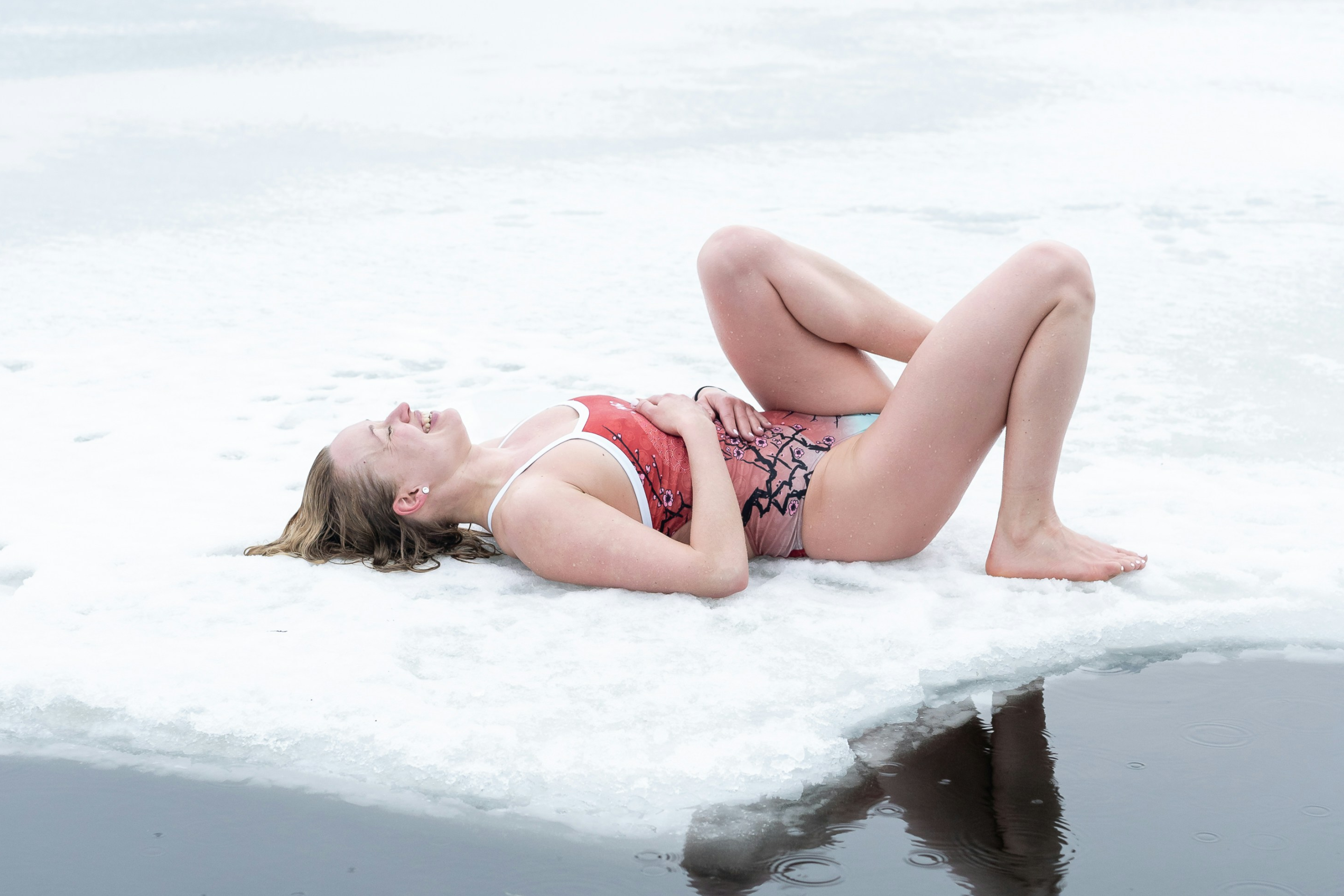
Final words: freeze if you want to
Cold tubs and plunges have been a topic of debate [6] in athletic circles for decades. Some athletes, coaches, and trainers swear by it, while others question its efficacy. One reason could be that it doesn’t work the same for everyone: In a study of the German national weightlifting tea[30]m, for example, some athletes recovered better with cold water immersion, and others didn’t. Other studies have found that while athletes might feel more recovered, they felt a similar level of rejuvenation when given a placebo.[31]
Placebos aren’t always bad: Even if there isn’t yet a definitive study that shows that ice baths improve mental health or boost performance in the next workout, you may find that a plunge makes you feel better. Even if there isn’t a study that says it’s working, you may enjoy it and feel benefits.
Just don’t feel like you have to freeze to get these boosts. If you don’t enjoy an icy dip, you can enjoy the same benefits through other means. When it comes to turning white fat to brown, for example, strength training provides similar benefits: Like cold plunging, resistance training causes a release of irisin, a chemical that causes fat to brown. Lifting weights also increases the amount of myostatin[32] in your fat cells. Like irisin, this chemical is associated with the conversion of white fat to BAT[33] .
For workout recovery, you can stay warm if you don’t like being cold: Studies have shown that active recovery—like 10 easy minutes on a stationary bike — has similar recovery benefits as a 10-minute post-workout ice bath.[34]
So freeze if you want to! But if you don’t, know that skipping the cold tub won’t put your recovery or your health on ice.
Authors

Author
Editorial Staff

Reviewed by
Director Science Communications
References
- ↑
Wim Hof: Climbing Kilimanjaro: How Did Wim Hof Do It? https://www.wimhofmethod.com/climbing-kilimanjaro
- ↑
Massey, H, Kandala, N, Davis, C, Harper, M, Gorczynski, P, Denton, H. Mood and well-being of novice open water swimmers and controls during an introductory outdoor swimming programme: A feasibility study. Lifestyle Med. 2020; 1:e12. https://doi.org/10.1002/lim2.12
- ↑
Huttunen P, Kokko L, Ylijukuri V. Winter swimming improves general well-being. Int J Circumpolar Health. 2004 May;63(2):140-4. doi: 10.3402/ijch.v63i2.17700. PMID: 15253480.
- ↑
Giudice J, Taylor JM. Muscle as a paracrine and endocrine organ. Curr Opin Pharmacol. 2017;34:49-55. doi:10.1016/j.coph.2017.05.005
- ↑
Oana C Kulterer, Laura Niederstaetter, Carsten T Herz, Alexander R Haug, Andrea Bileck, Dietmar Pils, Alexandra Kautzky-Willer, Christopher Gerner, Florian W Kiefer, The Presence of Active Brown Adipose Tissue Determines Cold-Induced Energy Expenditure and Oxylipin Profiles in Humans, The Journal of Clinical Endocrinology & Metabolism, Volume 105, Issue 7, July 2020, Pages 2203–2216, https://doi.org/10.1210/clinem/dgaa183 (https://doi.org/10.1210/clinem/dgaa183)
- ↑
Esperland D, de Weerd L, Mercer JB. Health effects of voluntary exposure to cold water - a continuing subject of debate. Int J Circumpolar Health. 2022;81(1):2111789. doi:10.1080/22423982.2022.2111789
- ↑
Bleakley C, McDonough S, Gardner E, Baxter GD, Hopkins JT, Davison GW. Cold-water immersion (cryotherapy) for preventing and treating muscle soreness after exercise. Cochrane Database Syst Rev. 2012;2012(2):CD008262. Published 2012 Feb 15. doi:10.1002/14651858.CD008262.pub2
- ↑
Poppendieck W, Faude O, Wegmann M, Meyer T. Cooling and performance recovery of trained athletes: a meta-analytical review. Int J Sports Physiol Perform. 2013;8(3):227-242. doi:10.1123/ijspp.8.3.227
- ↑
Sellwood KL, Brukner P, Williams D, Nicol A, Hinman R. Ice-water immersion and delayed-onset muscle soreness: a randomised controlled trial. Br J Sports Med. 2007;41(6):392-397. doi:10.1136/bjsm.2006.033985
- ↑
Allan R, Sharples AP, Close GL, et al. Postexercise cold water immersion modulates skeletal muscle PGC-1α mRNA expression in immersed and nonimmersed limbs: evidence of systemic regulation. J Appl Physiol (1985). 2017;123(2):451-459. doi:10.1152/japplphysiol.00096.2017
- ↑
Lindsay A, Carr S, Cross S, Petersen C, Lewis JG, Gieseg SP. The physiological response to cold-water immersion following a mixed martial arts training session. Appl Physiol Nutr Metab. 2017;42(5):529-536. doi:10.1139/apnm-2016-0582
- ↑
Peake, J.M., Roberts, L.A., Figueiredo, V.C., Egner, I., Krog, S., Aas, S.N., Suzuki, K., Markworth, J.F., Coombes, J.S., Cameron-Smith, D. and Raastad, T. (2017), The effects of cold water immersion and active recovery on inflammation and cell stress responses in human skeletal muscle after resistance exercise. J Physiol, 595: 695-711. https://doi.org/10.1113/JP272881
- ↑
Buijze GA, Sierevelt IN, van der Heijden BCJM, DijkgraafMG, Frings-Dresen MHW (2016) The Effect of Cold Showering on Health and Work: A Randomized Controlled Trial. PLoS ONE 11(9): e0161749. doi:10.1371/journal.pone.0161749
- ↑
W.G. Siems, R. Brenke, O. Sommerburg, T. Grune, Improved antioxidative protection in winter swimmers, QJM: An International Journal of Medicine, Volume 92, Issue 4, April 1999, Pages 193–198, https://doi.org/10.1093/qjmed/92.4.193
- ↑
Chauvineau M, Pasquier F, Guyot V, Aloulou A, Nedelec M. Effect of the Depth of Cold Water Immersion on Sleep Architecture and Recovery Among Well-Trained Male Endurance Runners. Front Sports Act Living. 2021;3:659990. Published 2021 Mar 31. doi:10.3389/fspor.2021.659990
- ↑
Leppäluoto J, Westerlund T, Huttunen P, et al. Effects of long-term whole-body cold exposures on plasma concentrations of ACTH, beta-endorphin, cortisol, catecholamines and cytokines in healthy females. Scand J Clin Lab Invest. 2008;68(2):145-153. doi:10.1080/00365510701516350
- ↑
Dugué B, Leppänen E. Adaptation related to cytokines in man: effects of regular swimming in ice-cold water. Clin Physiol. 2000;20(2):114-121. doi:10.1046/j.1365-2281.2000.00235.x
- ↑
Hirotsu C, Tufik S, Andersen ML. Interactions between sleep, stress, and metabolism: From physiological to pathological conditions. Sleep Sci. 2015;8(3):143-152. doi:10.1016/j.slsci.2015.09.002
- ↑
Chung N, Park J, Lim K. The effects of exercise and cold exposure on mitochondrial biogenesis in skeletal muscle and white adipose tissue. J Exerc Nutrition Biochem. 2017;21(2):39-47. doi:10.20463/jenb.2017.0020
- ↑
Annesley SJ, Fisher PR. Mitochondria in Health and Disease. Cells. 2019;8(7):680. Published 2019 Jul 5. doi:10.3390/cells8070680
- ↑
Shute RJ, Heesch MW, Zak RB, Kreiling JL, Slivka DR. Effects of exercise in a cold environment on transcriptional control of PGC-1α. Am J Physiol Regul Integr Comp Physiol. 2018;314(6):R850-R857. doi:10.1152/ajpregu.00425.2017
- ↑
Versey NG, Halson SL, Dawson BT. Water immersion recovery for athletes: effect on exercise performance and practical recommendations. Sports Med. 2013;43(11):1101-1130. doi:10.1007/s40279-013-0063-8
- ↑
Robey E, Dawson B, Halson S, et al. Effect of evening postexercise cold water immersion on subsequent sleep. Med Sci Sports Exerc. 2013;45(7):1394-1402. doi:10.1249/MSS.0b013e318287f321
- ↑
Robey E, Dawson B, Halson S, Gregson W, Goodman C, Eastwood P. Sleep quantity and quality in elite youth soccer players: a pilot study. Eur J Sport Sci. 2014;14(5):410-417. doi:10.1080/17461391.2013.843024
- ↑
Søberg S, Löfgren J, Philipsen FE, et al. Altered brown fat thermoregulation and enhanced cold-induced thermogenesis in young, healthy, winter-swimming men. Cell Rep Med. 2021;2(10):100408. Published 2021 Oct 11. doi:10.1016/j.xcrm.2021.100408
- ↑
Datta A, Tipton M. Respiratory responses to cold water immersion: neural pathways, interactions, and clinical consequences awake and asleep. J Appl Physiol (1985). 2006;100(6):2057-2064. doi:10.1152/japplphysiol.01201.2005
- ↑
UK News. Woman’s death during immersion therapy likely caused by cold water, inquest told. Guernsey Press 2023. https://guernseypress.com/news/uk-news/2023/09/26/womans-death-during-immersion-therapy-likely-caused-by-cold-water-inquest-told/
- ↑
Roberts LA, Raastad T, Markworth JF, et al. Post-exercise cold water immersion attenuates acute anabolic signalling and long-term adaptations in muscle to strength training. J Physiol. 2015;593(18):4285-4301. doi:10.1113/JP270570
- ↑
Crowe MJ, O'Connor D, Rudd D. Cold water recovery reduces anaerobic performance. Int J Sports Med. 2007;28(12):994-998. doi:10.1055/s-2007-965118
- ↑
Schimpchen J, Wagner M, Ferrauti A, Kellmann M, Pfeiffer M, Meyer T. Can Cold Water Immersion Enhance Recovery in Elite Olympic Weightlifters? An Individualized Perspective. J Strength Cond Res. 2017;31(6):1569-1576. doi:10.1519/JSC.0000000000001591
- ↑
Broatch JR, Petersen A, Bishop DJ. Postexercise cold water immersion benefits are not greater than the placebo effect. Med Sci Sports Exerc. 2014;46(11):2139-2147. doi:10.1249/MSS.0000000000000348
- ↑
Hjorth, M., Pourteymour, S., Görgens, S.W., Langleite, T.M., Lee, S., Holen, T., Gulseth, H.L., Birkeland, K.I., Jensen, J., Drevon, C.A. and Norheim, F. (2016), Myostatin in relation to physical activity and dysglycaemia and its effect on energy metabolism in human skeletal muscle cells. Acta Physiol, 217: 45-60. https://doi.org/10.1111/apha.12631
- ↑
. Braga M, Pervin S, Norris K, Bhasin S, Singh R. Inhibition of in vitro and in vivo brown fat differentiation program by myostatin. Obesity (Silver Spring). 2013;21(6):1180-1188. doi:10.1002/oby.20117
- ↑
Allan R, Mawhinney C. Is the ice bath finally melting? Cold water immersion is no greater than active recovery upon local and systemic inflammatory cellular stress in humans. J Physiol. 2017;595(6):1857-1858. doi:10.1113/JP273796
Disclaimer
The information in this article is for informational purposes only and should not be taken as medical advice. Always consult with your medical doctor for personalized medical advice.
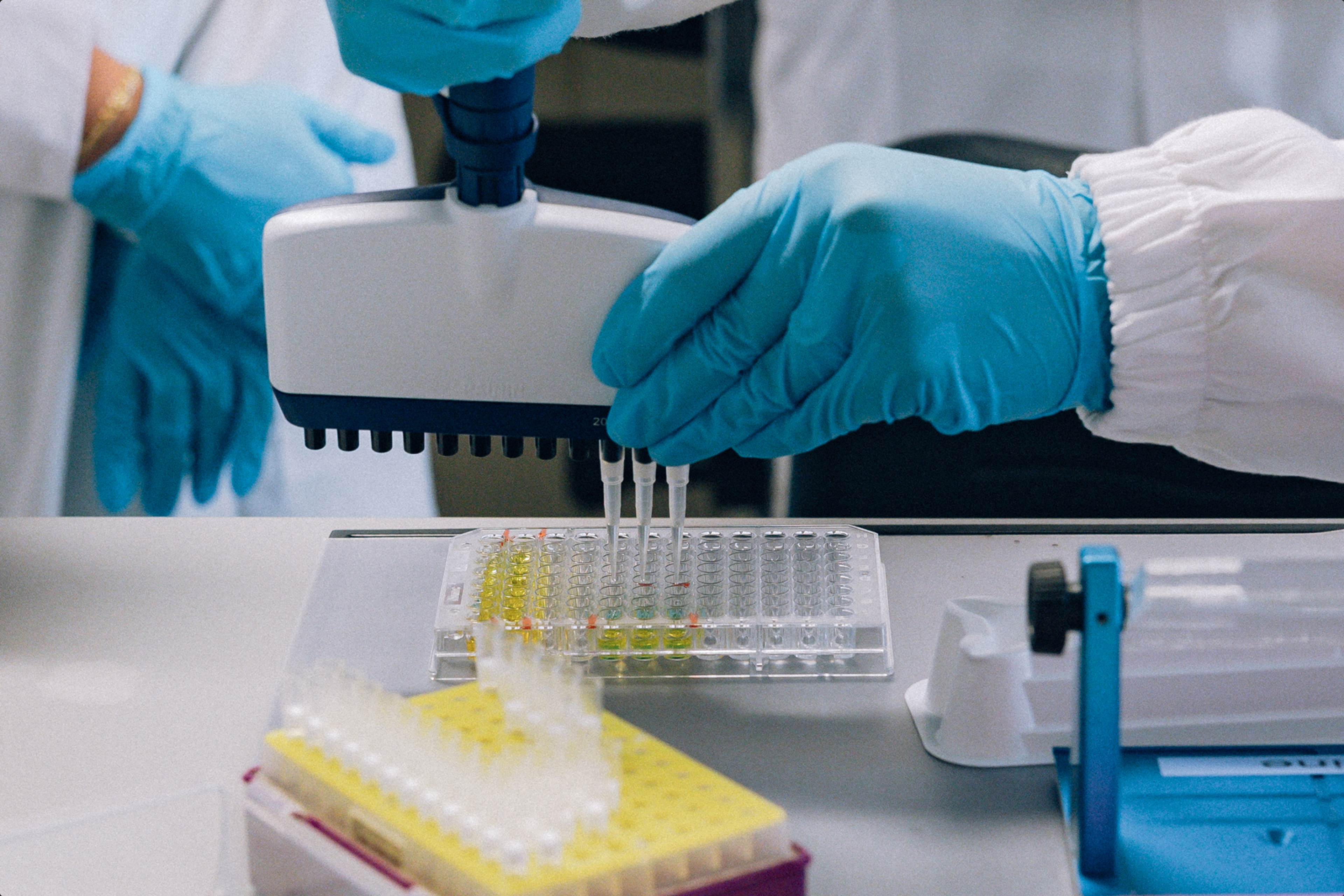
·
Nutrition·
Studies·
